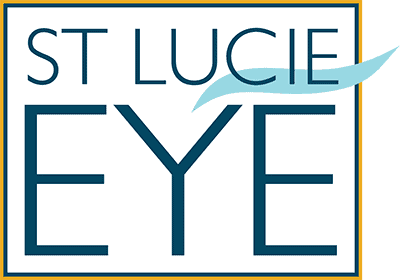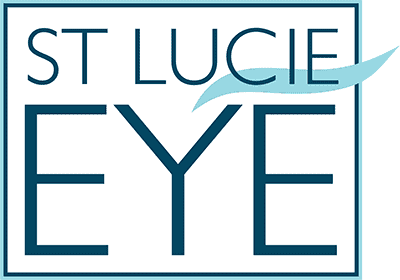Did you know that sunlight helps maintain many healthy body functions, including vision?
Direct sunlight on the skin can synthesize Vitamin D in as little as 15 minutes. Vitamin D supports absorption of minerals like calcium and phosphorus that help regulate the immune system.
Natural light also adjusts the natural sleep-wake cycle. The eyes absorb sunlight through rods and cones, setting your internal clock and producing melatonin. This absorption of sunlight becomes more important with age because the eyes take in less light and may lead to more difficulty sleeping.
Moderate amounts of sun also help contribute to the development of better distance vision for teens and young adults according to the latest studies.
Research suggests that bright sunlight helps young, developing eyes maintain the correct distance between the lens and the retina, keeping vision in proper focus.
Dim indoor lighting doesn’t seem to provide the same kind of feedback loop to the retina, so children without enough exposure to direct sunlight may not have their eyes mature properly. Lack of natural sunlight can result in an elongated distance to develop between the lens and the back of the eye, causing far-away objects to look blurry.
Knowing you can safely encourage your kids to go play outside in the sunshine… it’s good for your eyes is welcoming news.
But remember the mantra of all healthy habits. Everything in moderation, including direct sunlight. Harmful UV rays are omnipresent, even under cloudy conditions. Overexposure can damage the eyes and skin for children and adults.
Protecting yourself from the invisible can be challenging. UV radiation (both UVA and UVB) from the sun and tanning beds reaches you by invisible wavelengths, producing DNA changes. Over time, changes in DNA can cause abnormal cell growth and damage normal tissue layers.
UV light can damage almost ALL ocular structures including the eyelid. The front surface of the eye absorbs nearly 99 percent of UV radiation. Too much exposure to UV rays without protection increases the risk of eye disease including growths on the eye surface or lid, cataracts, or cancer.
Ultraviolet exposure adds up. All surfaces, including clothing, will reflect UV light, some much more than others. UV reflection from water, snow, sand and concrete can be especially damaging, most notably to the cornea, the clear outer ‘window’ to your eye.
“UV radiation, whether from natural sunlight or artificial sources like tanning beds, can damage the surface of the eye as well as the cornea and lens,” confirms Dr. Rana, board certified ophthalmologist with St Lucie Eye. “Many patients are unsure of how to protect their eyes and aren’t aware of the dangers of UV light exposure in its many forms. Wearing certified UV-blocking sunglasses, especially year-round here in Florida, can significantly lower the risk of eye damage.”
Always protect the eyes with proper gear when participating in outdoor sports on the water or in snow. As a rule, it is best to avoid extended outdoor activities between the hours of 10 a.m. and 4 p.m. when sunlight and reflective glare are strongest.
- Fresh snow reflects up to 80% of UV radiation
- Water surfaces and sea foam reflect up to 25-30% of UV radiation
- Dry sand and concrete reflect about 15% of UV rays
- Grass and soil reflect up to 10% of UV rays
When shopping for sunglasses, be sure to check the UV rating before investing. Select sunglasses that provide 100% UV protection, that means they block both UV-A and UV-B rays. Some manufacturer’s labels indicate UV absorption up to 400nm. This is the same thing as 100 percent UV absorption.
Do not mistake dark-tinted lenses as having UV protection. The darkness of the lens does not indicate its ability to shield your eyes from UV rays. Many sunglasses with light-colored tints – such as green, amber, red, and gray – can offer the same UV protection as very dark lenses.
Good protection can be found in lenses across a broad range of prices. Know that pricier sunglasses do not ensure greater UV protection. Choosing additional features like polarized or prescription lenses will add to the cost but can help greatly improve function.
Follow these additional tips for all-around protection from UV damage:
- Know that clouds don’t block UV light. The sun’s rays can pass through haze and clouds.
- Sunlight is strongest midday to early afternoon, at higher altitudes and when reflected off of water, ice or snow.
- Wear a hat along with sunglasses. Broad-brimmed hats are best.
- If you spend a significant amount of time outdoors or playing sports, consider large, wraparound-style frames. They may provide more protection as they cover the entire eye.
- Children should wear sunglasses that indicate a UV protection level. Toy sunglasses may not have UV protection; so be sure to look for the UV protection label.
- Never look directly at the sun. Doing so at any time, including during an eclipse, can damage the eye’s retina and cause a serious injury known as solar retinopathy.
- Avoid tanning beds. Tanning beds pose the same risks to your eyes and body as outdoor UV light.
By embracing these simple guidelines, you and your family can enjoy the benefits of sunlight all year long.


